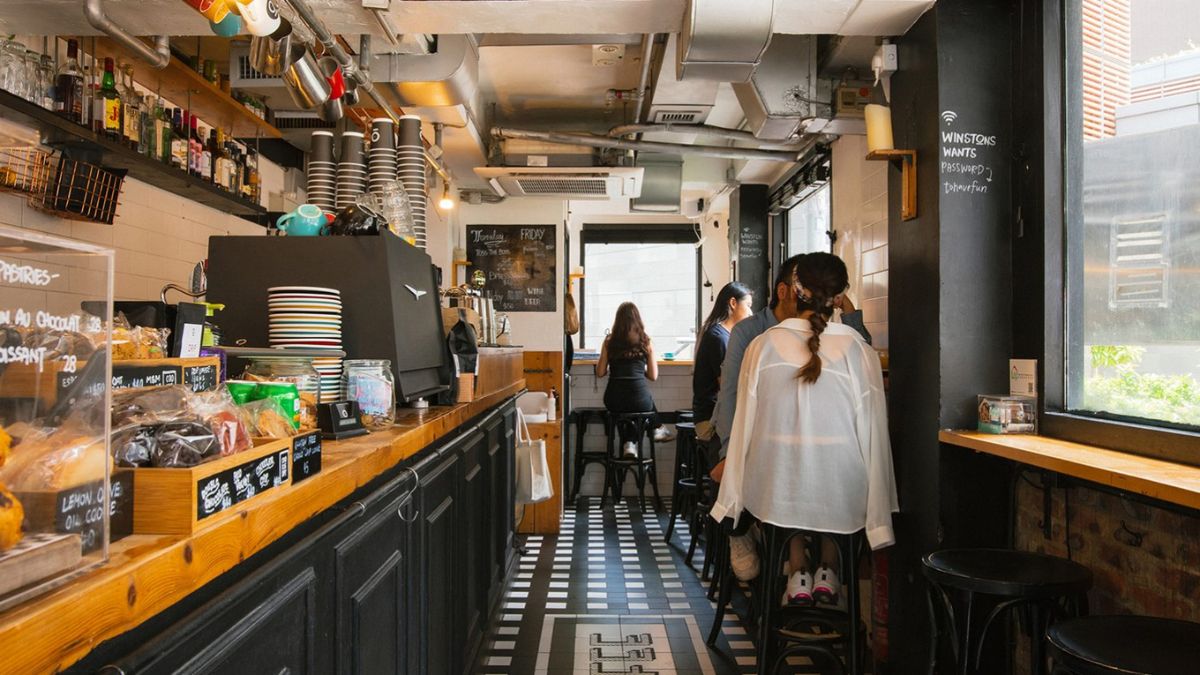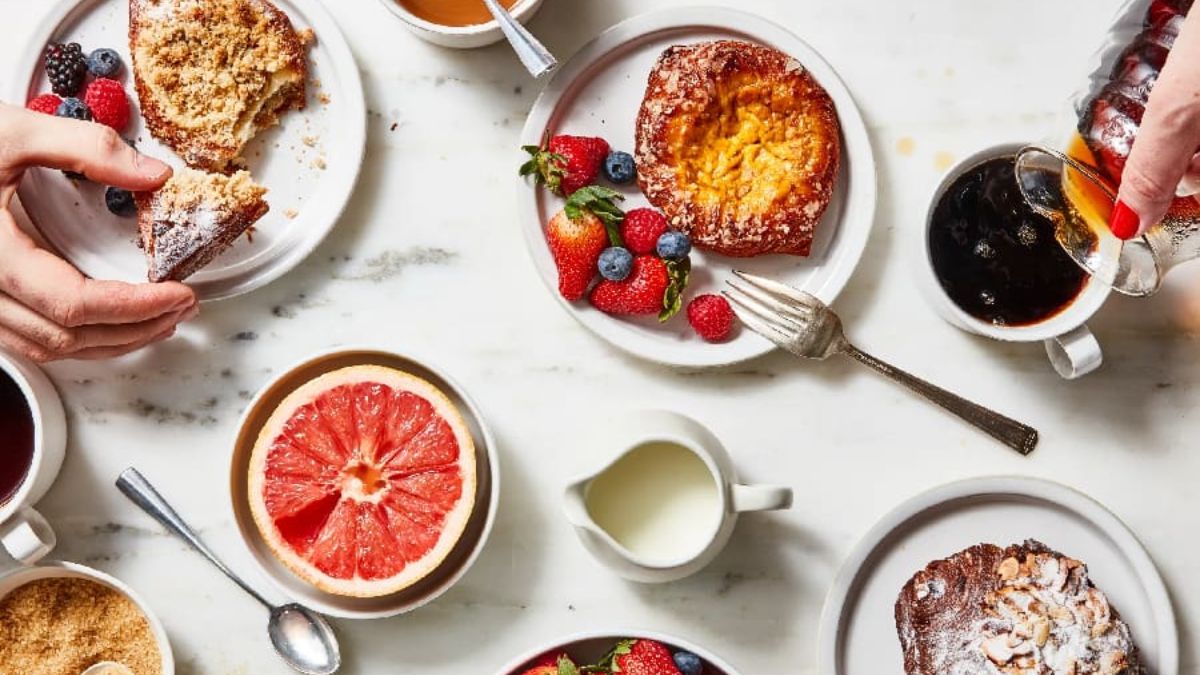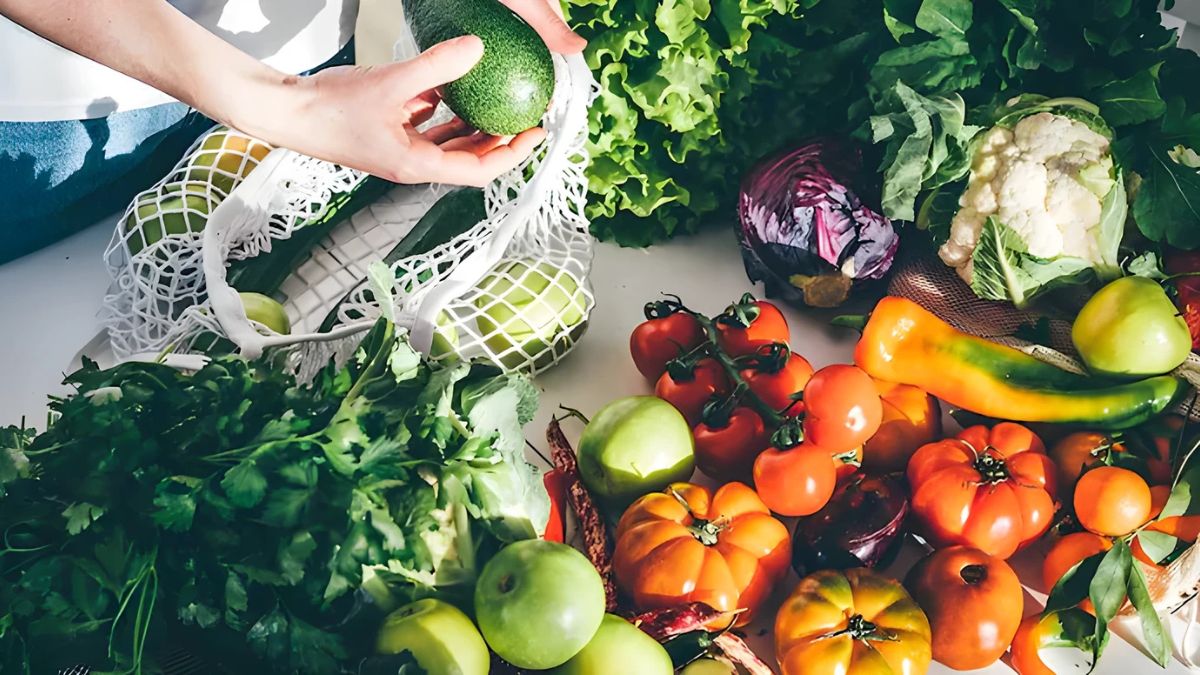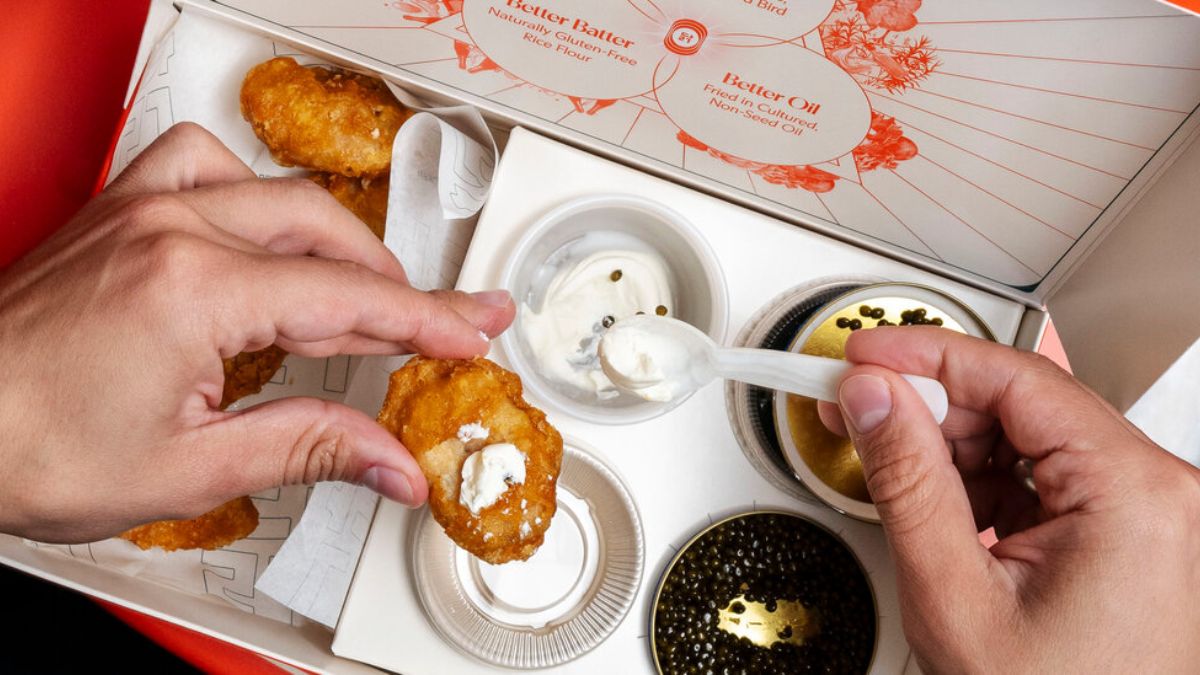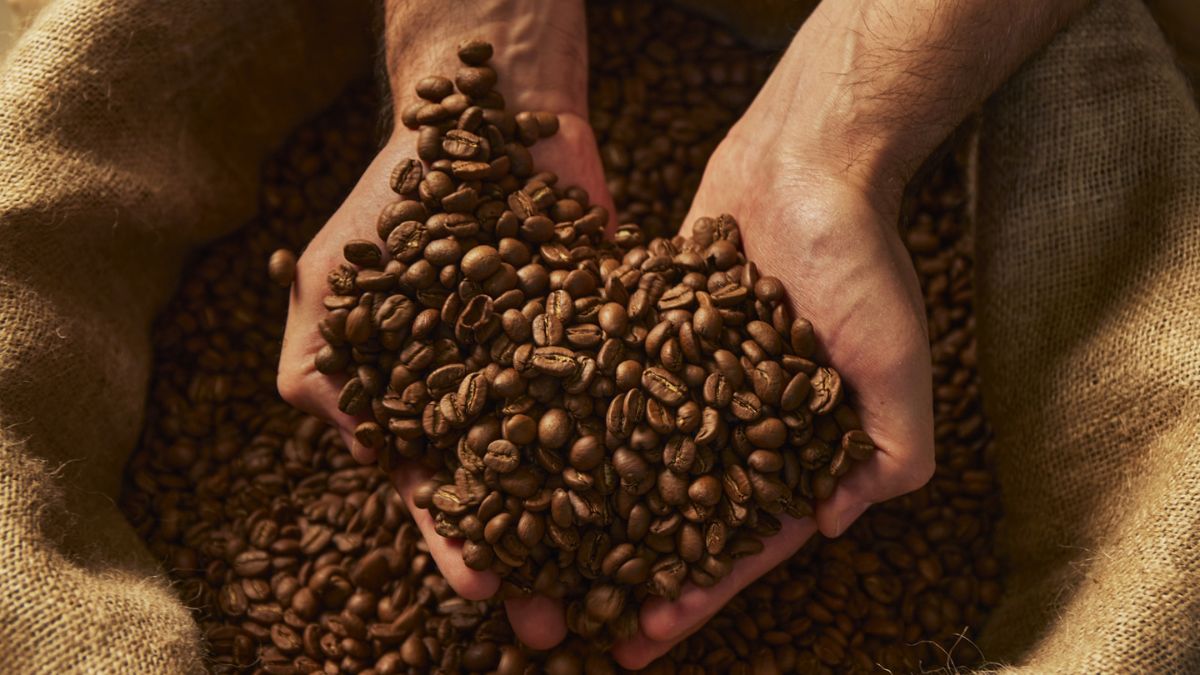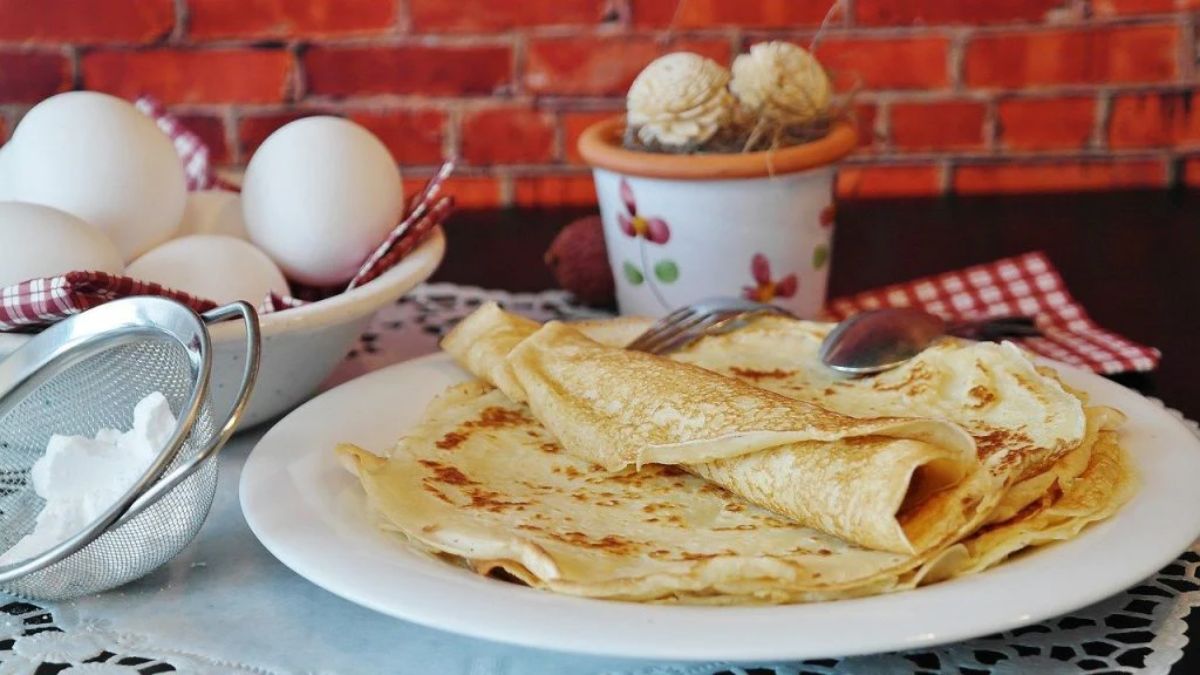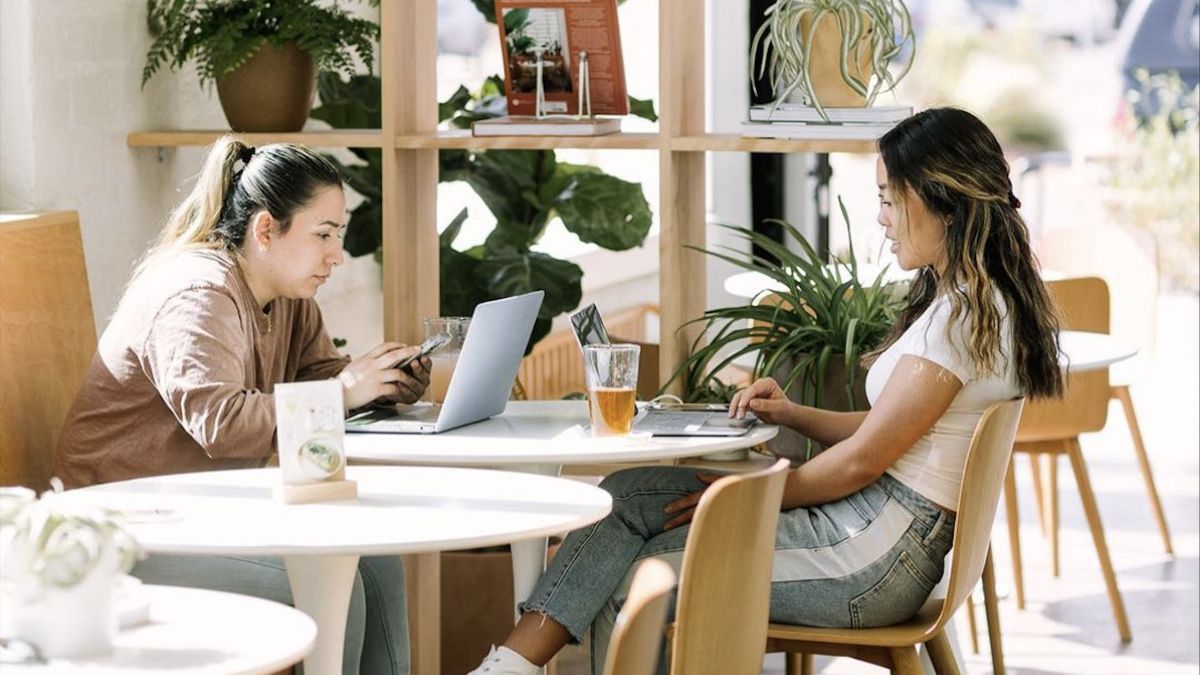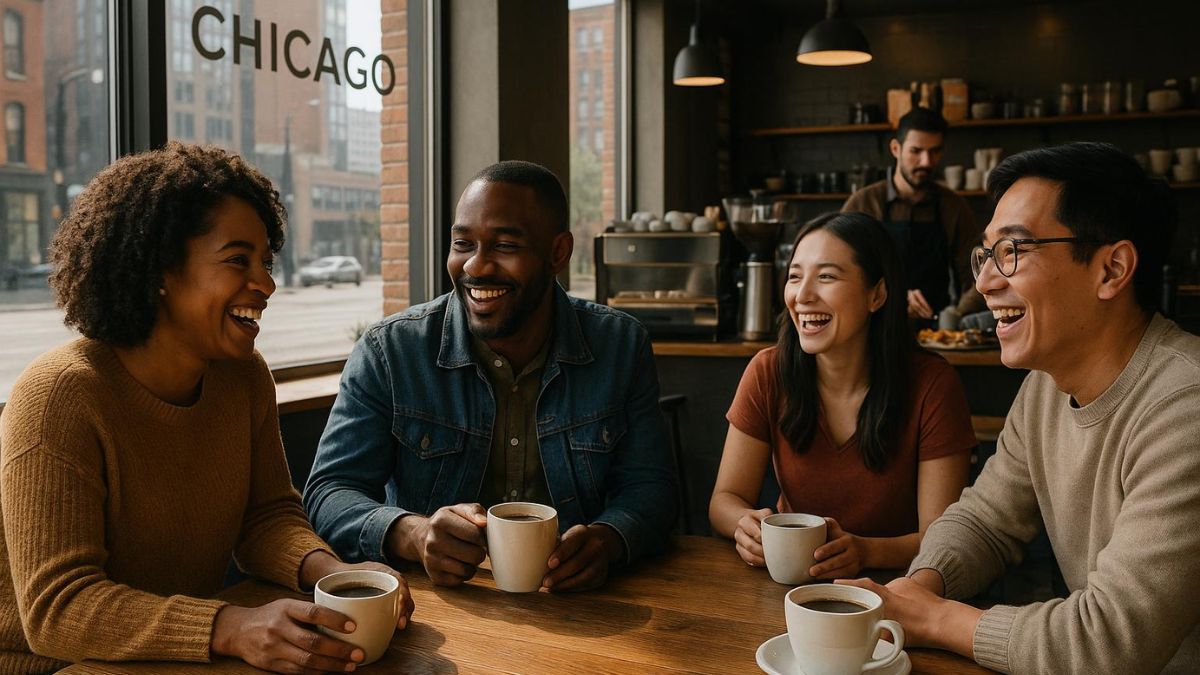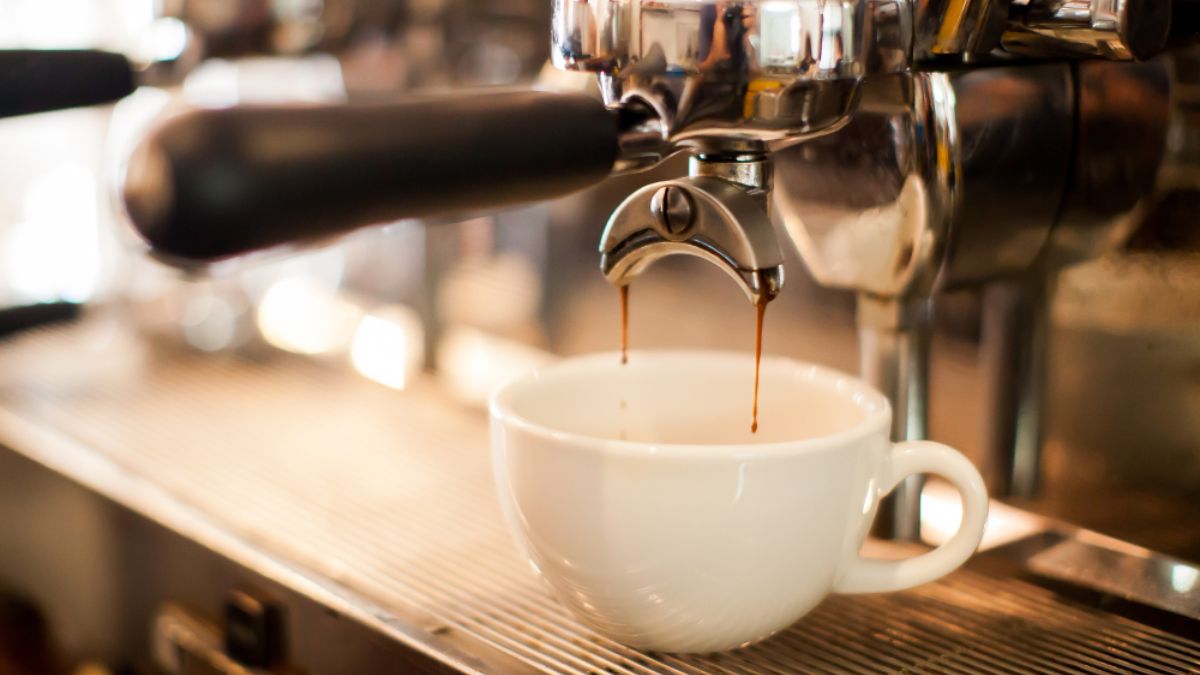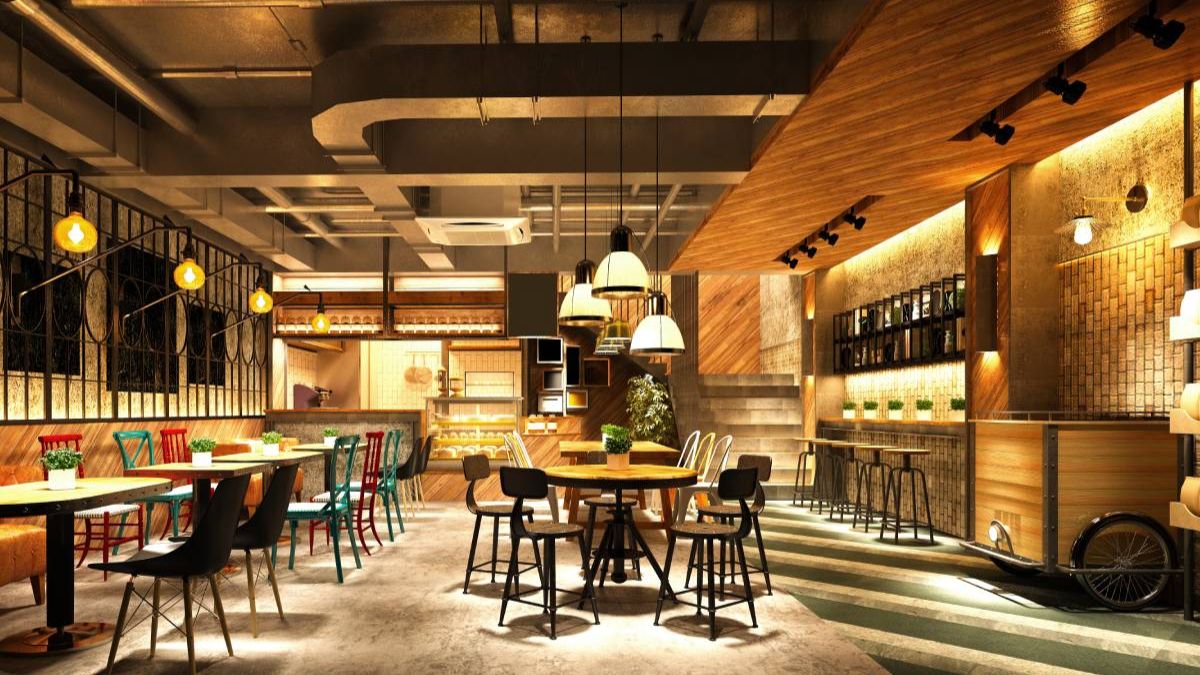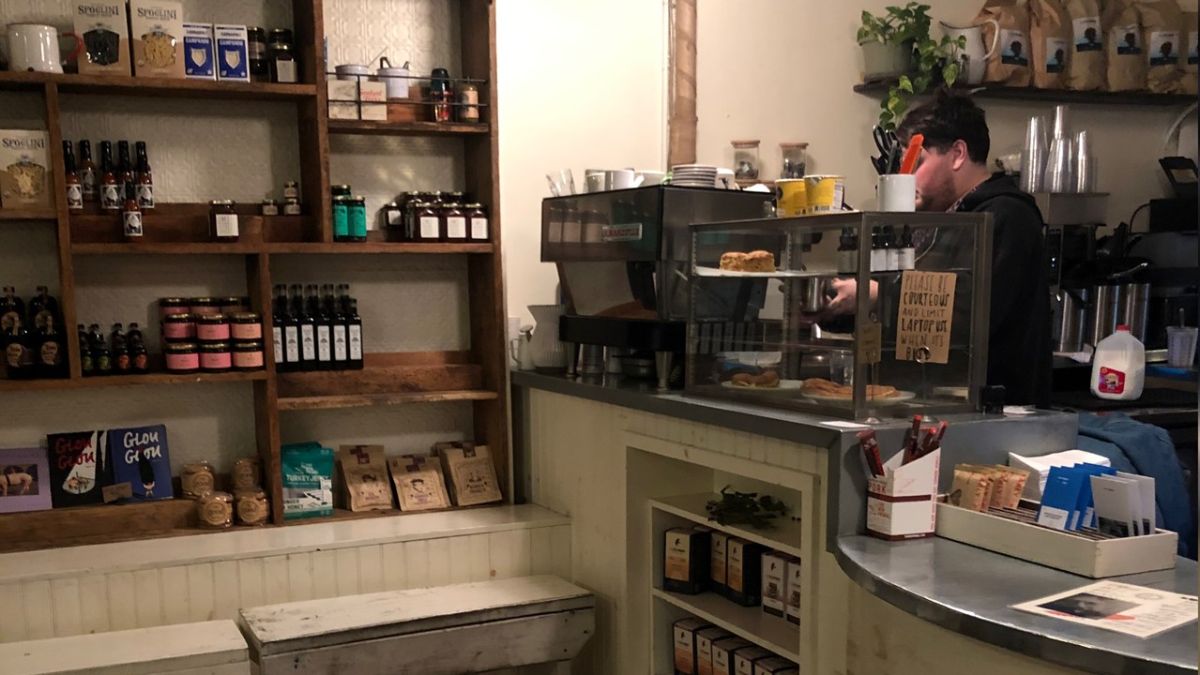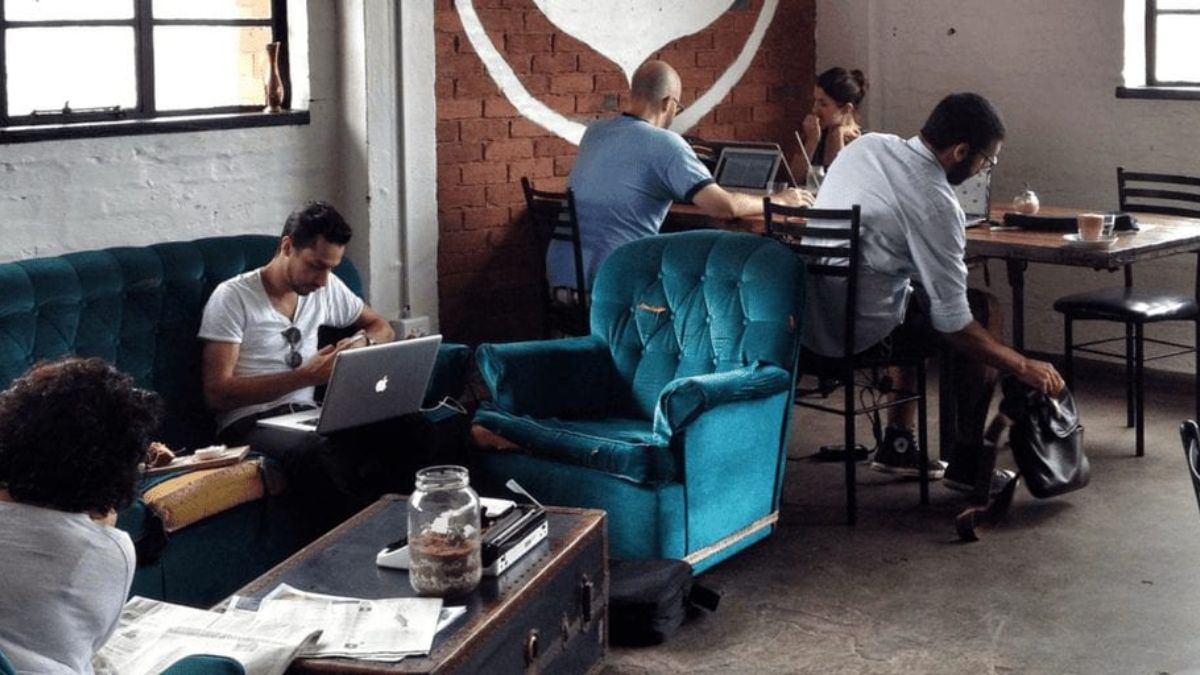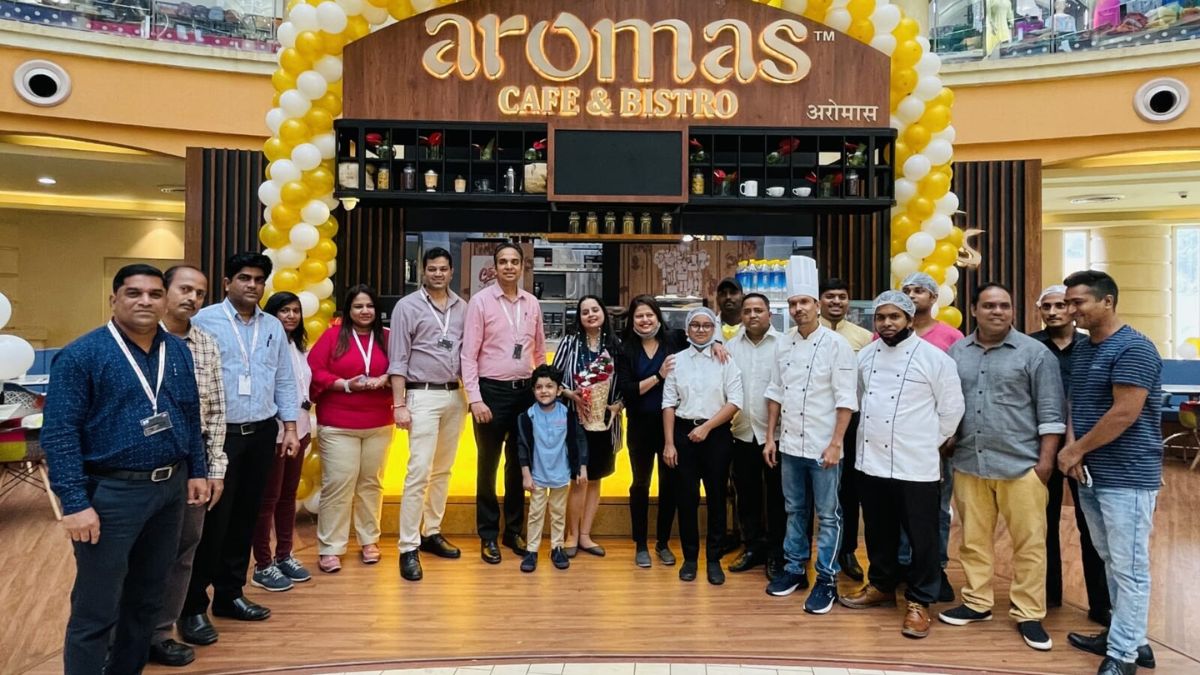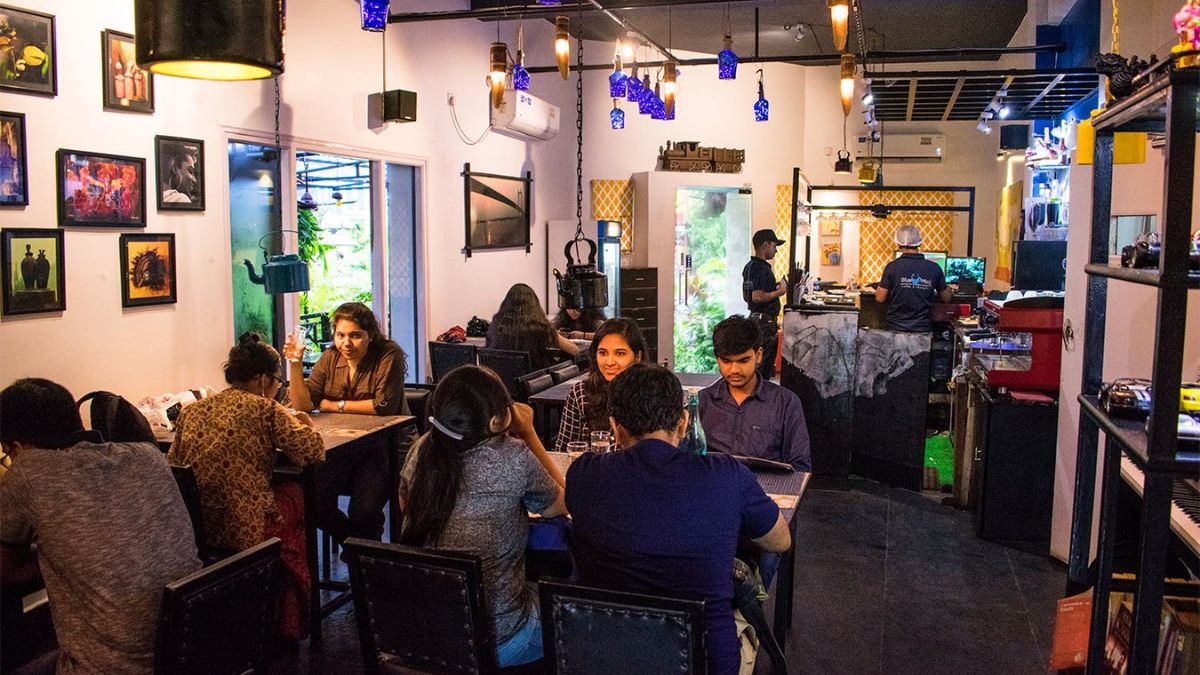Indie coffee shops weren’t always the cool, bustling hubs we know today. In fact, just a couple of decades ago, most people were sipping burnt drip coffee from chain stores without much thought. So what changed?
How did small, independent cafés go from underdogs to major players in the coffee world? Let’s trace the journey from beans to brand and uncover why indie coffee shops are now at the heart of coffee culture.
Roots
It all started with a love for better coffee. Indie cafés were born out of a passion for fresh beans, local roasting, and a refusal to settle for average brews. Instead of mass-produced coffee with little character, indie owners focused on sourcing high-quality beans, often directly from farmers.
This connection to the bean—where it comes from, how it’s roasted, and how it’s brewed—became the foundation of a movement. Coffee wasn’t just a drink anymore; it was a craft.
Culture
Indie cafés quickly separated themselves by creating a different vibe. No plastic chairs, no corporate playlists, and definitely no robotic baristas. These shops focused on community, creativity, and comfort. Think exposed brick walls, mismatched furniture, indie music, and the smell of freshly ground coffee in the air.
They didn’t just serve coffee—they created spaces where people wanted to hang out, study, work, or just exist. That emotional connection helped them grow.
Menus
One big shift was the move away from cookie-cutter menus. Indie cafés offered unique drinks like honey lavender lattes, oat milk cortados, and spiced mochas. They experimented with syrups, brewing methods, and seasonal ingredients.
They also began offering locally baked goods, plant-based treats, and gluten-free options. This made their menus feel more personal, more thoughtful, and more in tune with what customers wanted.
Here’s a side-by-side comparison:
| Feature | Chain Café | Indie Coffee Shop |
|---|---|---|
| Coffee Source | Bulk, global suppliers | Direct trade, small farms |
| Drink Menu | Standard, corporate recipes | Creative, seasonal options |
| Atmosphere | Uniform and sterile | Cozy, artsy, and unique |
| Food Offerings | Pre-packaged snacks | Locally baked, fresh treats |
| Customer Experience | Fast service focus | Friendly, community-driven |
Local Love
What really fueled the rise of indie cafés was their connection to the local scene. They partnered with neighborhood bakers, featured local artists, and sponsored community events. This turned customers into loyal fans. People weren’t just buying coffee—they were supporting a business that gave back.
Indie shops also became meeting grounds for creatives, students, entrepreneurs, and even first dates. They weren’t just serving drinks; they were building relationships.
Social Media
As the indie café scene grew, so did its online presence. Instagram played a huge role. Beautiful latte art, cozy corners, and photogenic pastries became shareable content. Customers started tagging their favorite spots, and word-of-mouth spread faster than ever.
Many indie shops now have signature aesthetics that are instantly recognizable online, helping them build strong, authentic brands without big ad budgets.
Values
Another key ingredient? Values. Indie coffee shops often stand for something. Whether it’s ethical sourcing, fair wages, sustainability, or zero waste, these cafés make customers feel good about where they’re spending their money.
People care more than ever about what their dollars support, and indie cafés reflect those evolving values.
Challenges
Of course, it hasn’t been easy. Indie cafés face stiff competition, rising rent, supply chain issues, and staffing challenges. But their ability to adapt, stay local, and connect with their community helps them survive—even thrive.
Many have added merch, coffee subscriptions, pop-up collaborations, and virtual workshops to stay relevant and increase revenue.
The rise of indie coffee shops is more than a trend—it’s a shift in how we view coffee, community, and consumption. From carefully sourced beans to carefully crafted brands, these cafés have shown that quality, creativity, and connection go a long way. Whether you’re sipping a single-origin espresso or journaling in a corner booth, you’re part of a story that’s still brewing.
FAQs
What defines an indie coffee shop?
Independently owned, community-focused, and creatively run.
Why are indie cafés popular now?
They offer quality, comfort, and personal experiences.
Do indie shops use better coffee?
Yes, they often source from small, ethical farms.
How do indie cafés compete with chains?
By being unique, local, and values-driven.
Can indie cafés survive long-term?
Yes, with loyal customers and adaptive strategies.

